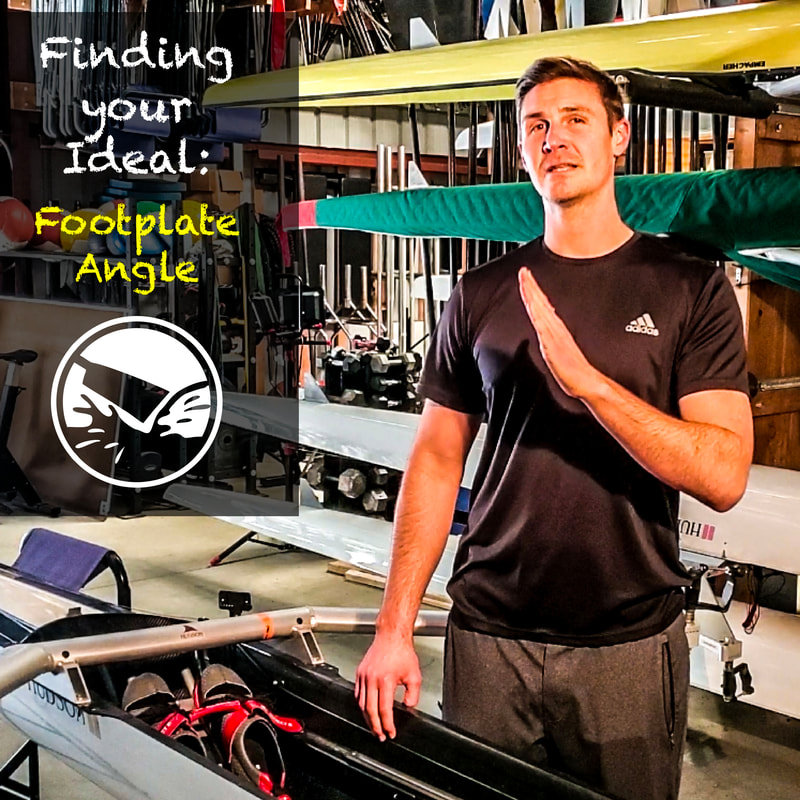If you don't adjust to the individual, you're leaving performance on the table. Performance Left Behind It's not unusual for rowers to row with a random footplate angle. The problem is we're leaving their health and performance up to chance. If the angle isn't right for that person it can cause negative compensations that may result in wear and tear on their body. If a rower has 38 degrees of ankle mobility, and they're rowing on a 42 degree footplate, I'll bet you they're probably rowing poorly. If we don't adjust to the individual we're also leaving performance on the table. If a rower has 47 degrees of ankle mobility and they are rowing on a 42 degree footplate they're limiting their potential. We know that a higher angle allows for a higher force output per stroke. When an inch can make the difference between winning and losing why not take advantage? Using your Ankle Number Did you measure your ankle range using our last post? Here's how to use that number! You can take that number and experiment with the footplate angle that works best for you. Experiment with angles + or - 2 of your measurement. For example, if I have 45 degrees on both sides I'll set my footplate between 43-47 degrees. Narrow in on your angle based on feel, and technical proficiency. Remember you should row at the highest angle which allows for high quality strokes. If the angle affects your technique in a negative way, that's not the correct angle for you. Keep experimenting until you find the best fit!
1 Comment
|
Author
Blake Gourley holds a Masters of Science in Sports Performance Training and has over 12+ years of experience working with rowers. Read more Categories
All
Archives
August 2023
|

 RSS Feed
RSS Feed